Finland’s centre-right opposition National Coalition Party leader Petteri Orpo has claimed victory in the Nordic country’s tightly-fought parliamentary election.
“We got the biggest mandate,” Orpo said in a speech to followers on Sunday.
With 99 percent of votes counted, the centre-right was credited with 48 of the 200 seats in parliament, the far-right with 46 and the Social Democrats with 43.
In terms of votes, the result was even closer with the centre-right winning 20.6 percent, the far-right 20.1 percent and the Social Democrats 19.9 percent.
The biggest party in parliament traditionally gets the first chance to build a government, and since the 1990s that party has always claimed the prime minister’s office.
Finland’s general election was expected to result in a tight race between three political parties, with Prime Minister Sanna Marin’s Social Democrats fighting to secure a second term and her party’s conservative opponent taking an early lead in the vote count.
The head of The Finns, Riikka Purra, thanked her supporters for the party’s “best election result ever”.
Marin conceded defeat saying: “Congratulations to the winner of the elections, congratulations to the (conservative) National Coalition Party, congratulations to the (far-right) Finns Party. Democracy has spoken.”
Over 2,400 candidates from 22 parties were vying for the 200 seats in the Nordic country’s parliament, the Eduskunta.
Orpo: Finland’s likely next prime minister
Born in 1969 in rural south-west Finland, the 53-year-old Orpo has a university degree in political science.
He has been a member of parliament since 2007 and became head of the National Coalition in 2016 after challenging his predecessor Alexander Stubb, a former prime minister, for the party leadership.
Considered a moderate and a smooth negotiator, Orpo has held several government posts, including as minister of agriculture and forestry from 2014 to 2015, interior minister from 2015 to 2016 and finance minister from 2016 to 2019.
He earned praise across most of Finland’s political spectrum for his handling as interior minister of the 2015 migration crisis in Europe, when the Nordic nation saw a tenfold increase in refugee arrivals.
A self-styled fiscal conservative, he aims to cut spending on unemployment benefits and other welfare programmes to reduce the government’s budget deficit and make room for tax cuts aimed at boosting economic growth.
READ MORE:
Finland votes with anti-immigration opposition bloc leading opinion polls

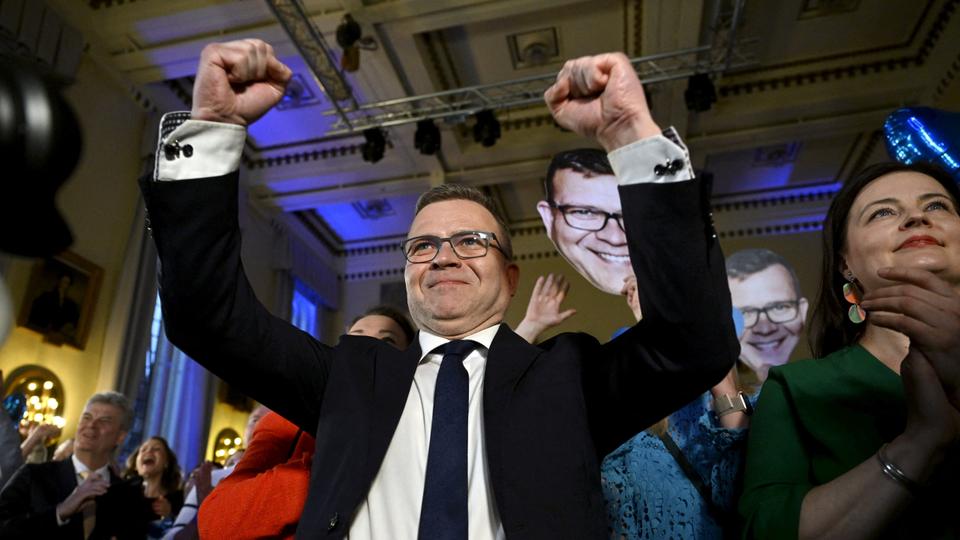


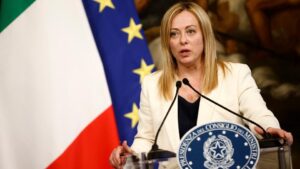



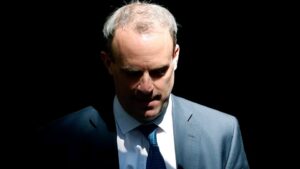







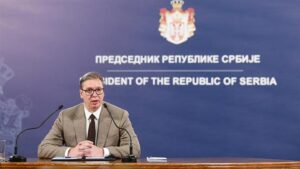

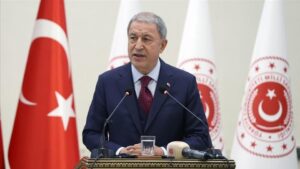












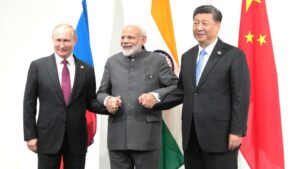











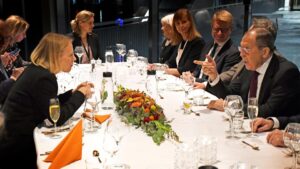
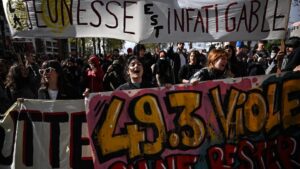
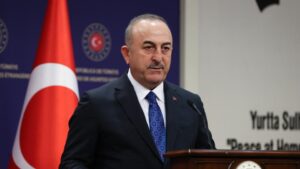

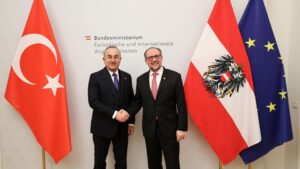

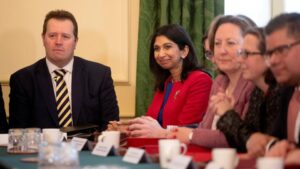

Be First to Comment